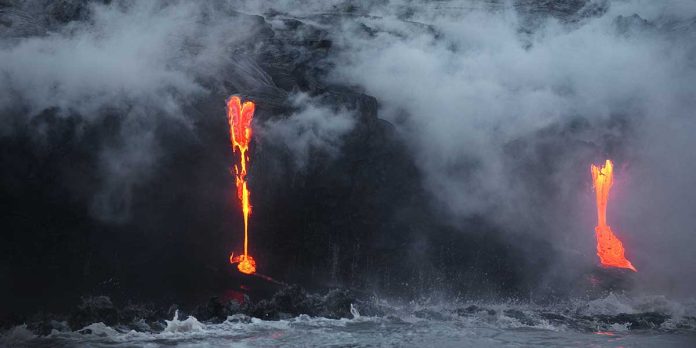Over 1.4 million people live in Hawaii. Many of these people have experienced natural disasters in the state firsthand. However, many don’t realize just how many different natural disasters can occur in the state or how the risk for some disasters is increasing.
Here we will go over what natural disasters occur in Hawaii, the worst natural disasters to hit the state since 2000, and what can be done to prepare.
Is Hawaii at Risk of Natural Disasters?
Compared to the rest of the country, Hawaii has a low risk of natural disasters. Excluding COVID-19, there have been 36 disaster declarations in Hawaii since 2000. Of these, 17 were Major Disaster Declarations. Because the state is not densely populated, none of these disasters caused more than $1 billion in damages.
Worst Natural Disasters in Hawaii Since 2000
Since 2000, all the worst natural disasters in Hawaii have been severe storms that caused flooding, landslides, and mudslides.
One of the deadliest occurred in March 2006, when heavy rains caused the Ka Loko dam to collapse. Seven people died as a result.
What Natural Disasters Occur in Hawaii?
1. Floods
Hawaii has shallow soil, which means heavy rains can easily cause flooding. Hurricanes and tropical storms can also result in coastal flooding.
Flash floods are also common because of the many steep slopes in the state. There are an average of 8.3 flash floods per year in Hawaii. November is the worst month for flash floods, with 1–2 occurring during the month.
One of the costliest floods in Hawaii’s recent history occurred in April 2018 in Kauai. One area recorded nearly 50 inches of rain in just 24 hours. The heavy rainfall caused flooding and flash floods, which destroyed 532 homes and caused approximately $125 million in property damage.
2. Hurricanes and Tropical Storms
Hurricanes and tropical cyclones rarely make landfall in Hawaii. However, even nearby storms can cause serious damage. Many properties in the state are built out of light, weak materials that easily succumb to high winds. Flying debris from destroyed buildings only adds to the potential for damage.
One of the worst tropical storms in Hawaii’s recent history was Hurricane Lane in 2018. It reached wind speeds of 160 mph and had a peak rainfall of 58 inches. Neighborhoods in Hilo were flooded, and many buildings on the Big Island were damaged by wind. The total cost of the hurricane in Hawaii was over $250 million.
Hawaiian residents can protect themselves against hurricanes by building more storm-resistant homes. They also need to make sure they have a hurricane plan in place.
3. Earthquakes
Earthquakes in Hawaii are common. Thousands of quakes occur in the state every year. While most of these are too weak to even feel, Hawaii does occasionally have destructive earthquakes.
The worst in recent history was the 2006 Kīholo Bay earthquake. The earthquake was 6.7 magnitude, and it also had several aftershocks, including one that was 6.1 magnitude.
Almost all homes in the western part of Hawaii had severe damage. The damage went as far out as 170 miles from the epicenter of the quake and was estimated at over $200 million. Several injuries occurred.
4. Tsunamis
Hawaii is more at-risk for tsunamis than any other state. There is approximately one tsunami every year. Most of these don’t cause damage, but a damaging tsunami does occur in Hawaii about once every seven years.
The 2011 Tōhoku earthquake in Japan, for example, caused a huge tsunami in Hawaii. There were more than $3 million in damages to public infrastructure and tens of millions in damages to private property, such as hotel chains.
5. Volcanoes
The islands of Hawaii exist because of volcanic activity, and there are still numerous active volcanoes on the islands. While it doesn’t happen often, these volcanoes can erupt.
Since 2000, the state has had to declare disaster twice because of volcanic eruptions: once in 2014 when the Pu‘u‘ō‘ō volcano erupted and again in 2018 when Kilauea erupted.
While volcanic eruptions in Hawaii tend to be nonexplosive and don’t occur in populated areas, they can still be very destructive. The erupting volcanoes emit gases that can result in acid rain. Volcanic eruptions are often accompanied by earthquakes.
6. Wildfires
Hawaii is one of the least at-risk states when it comes to wildfires. However, hotter temperatures and drier grasses mean that even Hawaii is at risk for wildfires. Even areas that are not at risk can still be affected by wildfires, such as from bad air quality, road closures, and economic losses.








